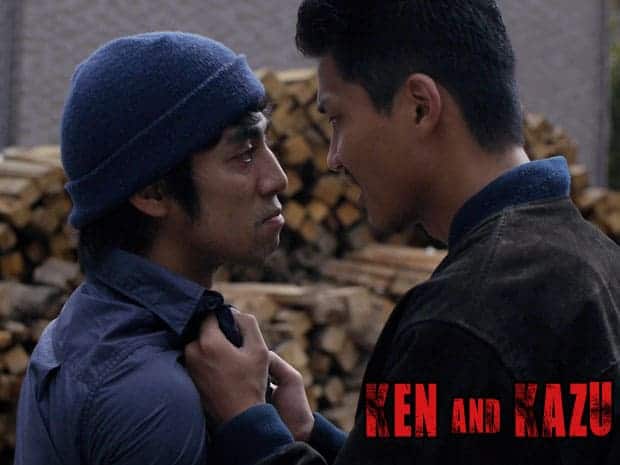Winner of the Cannes Special Jury Prize in 1960, and of the Best Foreign Film Award from Golden Globes, “Odd Obsession” is one of the most recognizable films by the late Kon Ichikawa. The story is based on Junichiro Tanizaki's 1956 novel, “The Key.”
“Odd Obsession” is part of the Japan Foundation Touring Film Programme
Kenji Kenmochi is an elderly man, an expert on classical art objects, who is married to a much younger and very beautiful woman, Ikuko. As he is struggling with the lack of sexual drive, Kenji frequently and secretly visits a young doctor, Kimura, who gives him injections to increase his virility. Kimura also has a relationship with Ikuko's daughter, Toshiko. One night, when Kimura is visiting the Kenmochi residence, Ikuko becomes drunk and laughs with Kimura. When Kenji hears her laughter, he feels jealousy, but at the same time, an extreme plan is shaped in his mind: He decides to “push” his wife into Kimura's hands, in order for his jealousy to awake his libido. However, as his plan moves forward, his intentions become obvious, and the other characters form agendas of their own. Lastly, an old maid, who is also color blind, plays a major role in the intricate spider web that is formed among the four.
Kon Ichikawa directs a film that stays true to its title. Although, initially, the term odd obsession seems to apply only to Kenji, who is obsessed with arousing his sexual drive, as the story progresses, the rest of the protagonists seem to have similar obsessions. Toshiko is obsessed with Kimura, to the point that she keeps having a relationship with him despite what occurs between her mother and him. Kimura is obsessed with Ikuko, to the point where he seems to have no regard for anything else. Ikuko is obsessed with staying a traditional wife, despite her feelings, although her obsession is milder.
The only fault I found in the script is its ending, which differs from the original one, as it seems somewhat disproportionate to the intricate script.
Beauty here is linked to the concept of the opposite, as the film's images parallel love with illness. In that fashion, the screen is filled with injections, catheters, unmade beds, and there are many instances when someone is sick, with the ending providing the apogee for this tendency. Another sequence that highlights this trait is the one where Kenji finally is ready to have sex with Toshiko. As he gets on top of her, it seems like he is having an orgasm, but it is soon revealed that he is having a stroke. In this instance, love is directly paralleled with death. Kazuo Miyagawa's cinematography wonderfully portrays this sense, in muted colors. Furthermore, the fact that most of the story takes place in Kenmochi's residence, gives a claustrophobic sense to the movie, that suits its aesthetics perfectly.
Another central element of the film is its sensuality, which is chiefly portrayed through Ikuko, in a number of scenes where she is (half) naked, although the lens does not allow the nudity we are used to nowadays, since we are talking for a 1959 film. However, gorgeous Machiko Kyo manages to emit sensuality with every movement and every look, even from her evident timidity, in a truly magnificent performance that highlights the battle between desire and social convention.
Ganjiro Nakamura as Kenji is also the main source of comedy in the film, as we watch his shenanigans in his effort to awake his virility. The scene where he tries to exercise from of the TV is a distinct sample of this tendency, although his role is actually tragic. Tetsuya Nakadai is also quite good as the handsome and cocky Kimura, who uses his looks to manipulate Toshiko and seduce Ikuko. Junko Kano as Toshiko has the archetypical role of the victim, who does not manage to escape her obsession with Kimura, despite the fact that she realizes what is going on.
“Odd Obsession” is a truly great and filled with meaning film, a great specimen of the Golden Era of Japanese cinema.

















